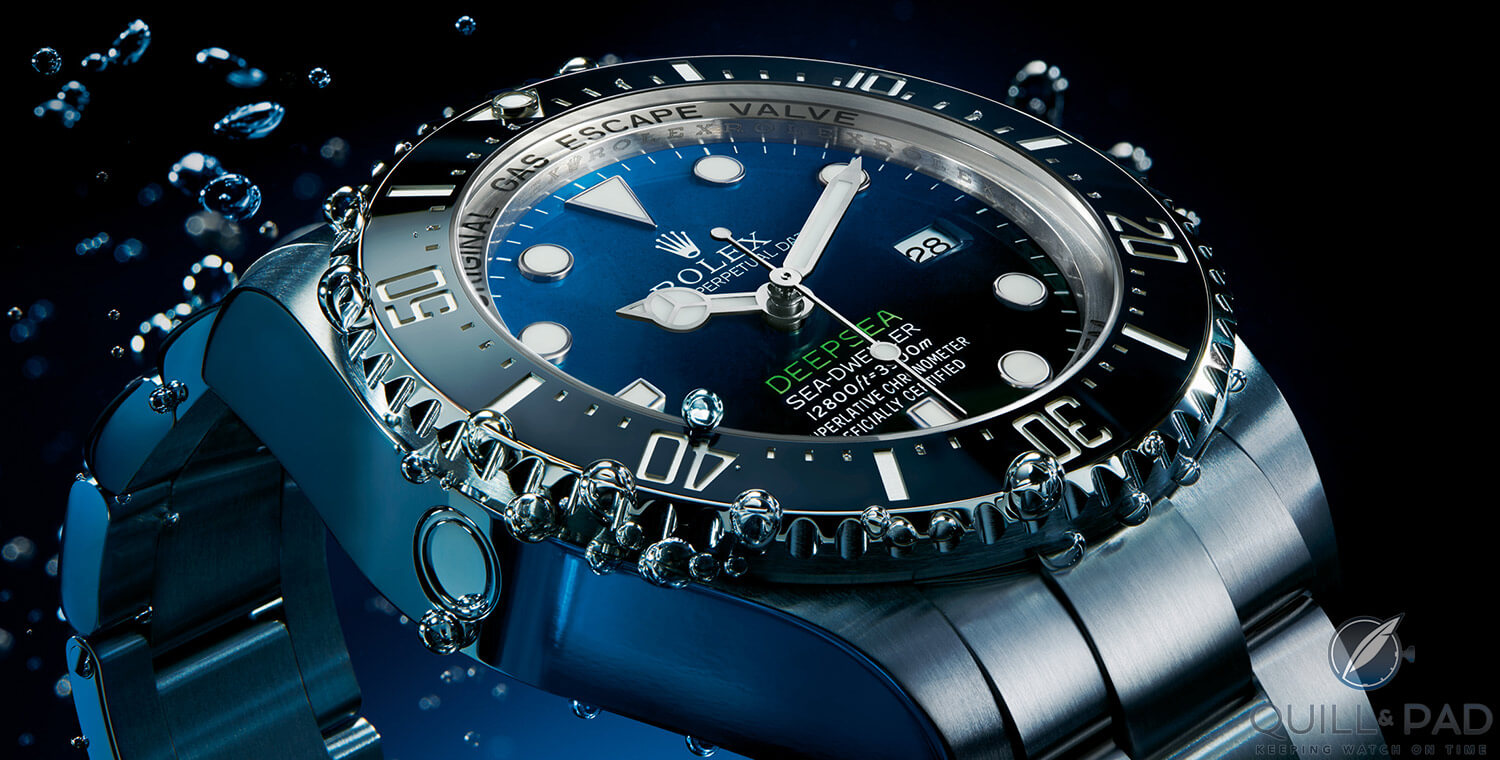Deeper, Further, Faster: Why Do Some Dive Watches Have Helium Escape Valves? – Reprise

This somewhat unknown experiment changed the horological landscape forever, producing one of the most confusing and recognizable features of dive watches today: the helium escape valve These underwater habitats were pressurized living quarters for divers, providing a mix of breathing gas composed mainly of oxygen, nitrogen, and helium During ascents in diving chambers, it was noted that from time to time the crystal from one of the divers' watches would pop off with a loud bang.
Once the difference is too great, the pressure buildup causes the crystal to pop off the watch because crystals were generally simply friction fitted on dive watches of the 1960s On the Sealab III mission, Rolex Sea-Dwellers equipped with gas escape valves were issued to the diving team, thus solving the problem of helium entering the case In 1964 Doxa teamed up with several professional divers, one being Claude Wesly, who was part of the legendary Jacques Cousteau dive team, having taken part in the Precontinent I, I, and III dive missions similar to Sealab carried out by Cousteau and his team.
While the average consumer doesn't really need a helium escape valve fitted to his or her dive watch, it is a wonderful piece of diving history to carry around. . Source